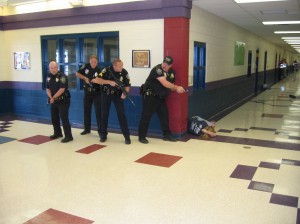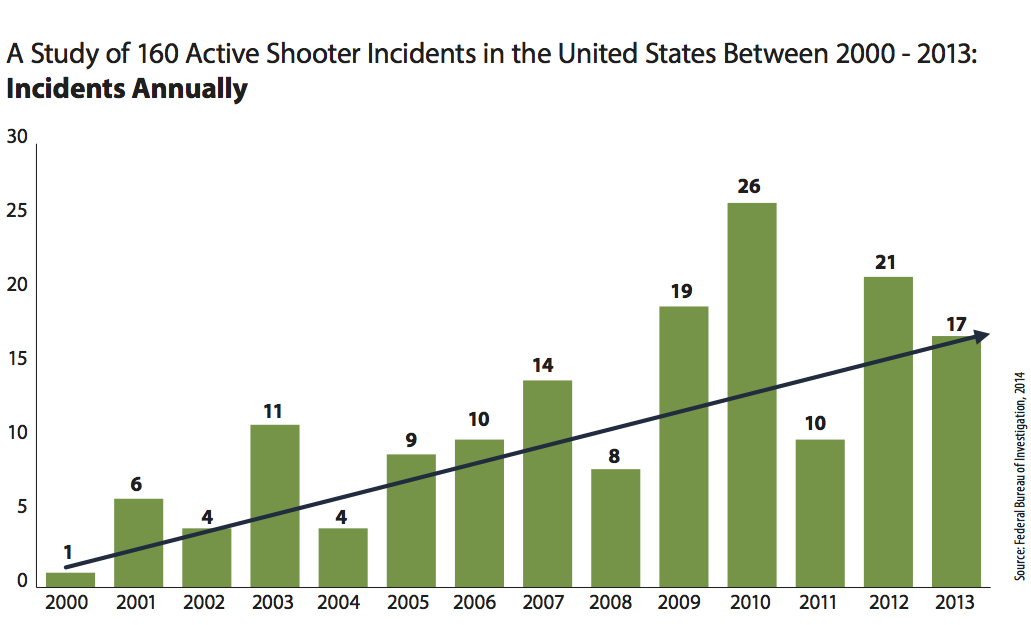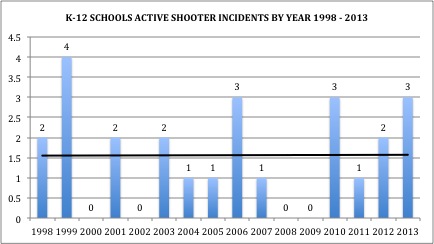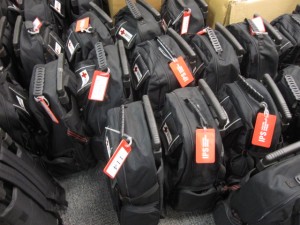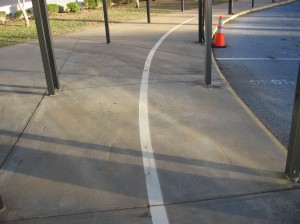
School safety lines can help students and staff reduce the risks of school-traffic incidents in areas where students and cars both move in proximity on a regular basis. As school traffic-related deaths are one of the leading causes of school related fatalities, stay back lines can be a high impact tool to reduce risk for K12 schools.
Safety Lines are an Excellent School Safety Strategy
In his groundbreaking report Relative Risk of Death for K12 Schools, Safe Havens International Adjunct Analyst Steve Satterly documents that far more school-related fatalities involve school-related traffic incidents than acts of violence. While all major categories of school safety incidents should be considered, a careful review of available data indicates that improvements in school traffic safety offer some of our greatest opportunities to reduce serious injury and death for school children and school employees.
What are School Safety Lines?
One simple concept that has been helping reduce the risk of traffic safety incidents at K12 schools is called a safety line or “stay back” line. The safety line can take the form of a painted line, icons forming a line, or other visual aid to help students and staff form positive safety habits to help reduce the chances that students will be hit by cars or school buses. Stay back lines clarify safe positioning for students and staff who supervise them.
School Safety Lines are not Just for Elementary Students
While most educators think in terms of pre-k and elementary students when it comes to pedestrian/motor vehicle safety incidents, cases of middle and high school students being seriously injured or killed also take place with regularity. Safety lines can help older students who can be easily distracted while they chat with friends in person or via the web just as they can help younger students who often fail to realize the dangers that motor vehicles can pose to their safety.
School Safety Lines can Significantly Reduce Risk
There are many other simple ways to reduce the risk of school-traffic safety incidents. Our analysts routinely see opportunities for the use of school safety lines along with these other simple, yet impactful ways to reduce the risk of school-traffic safety incidents.

